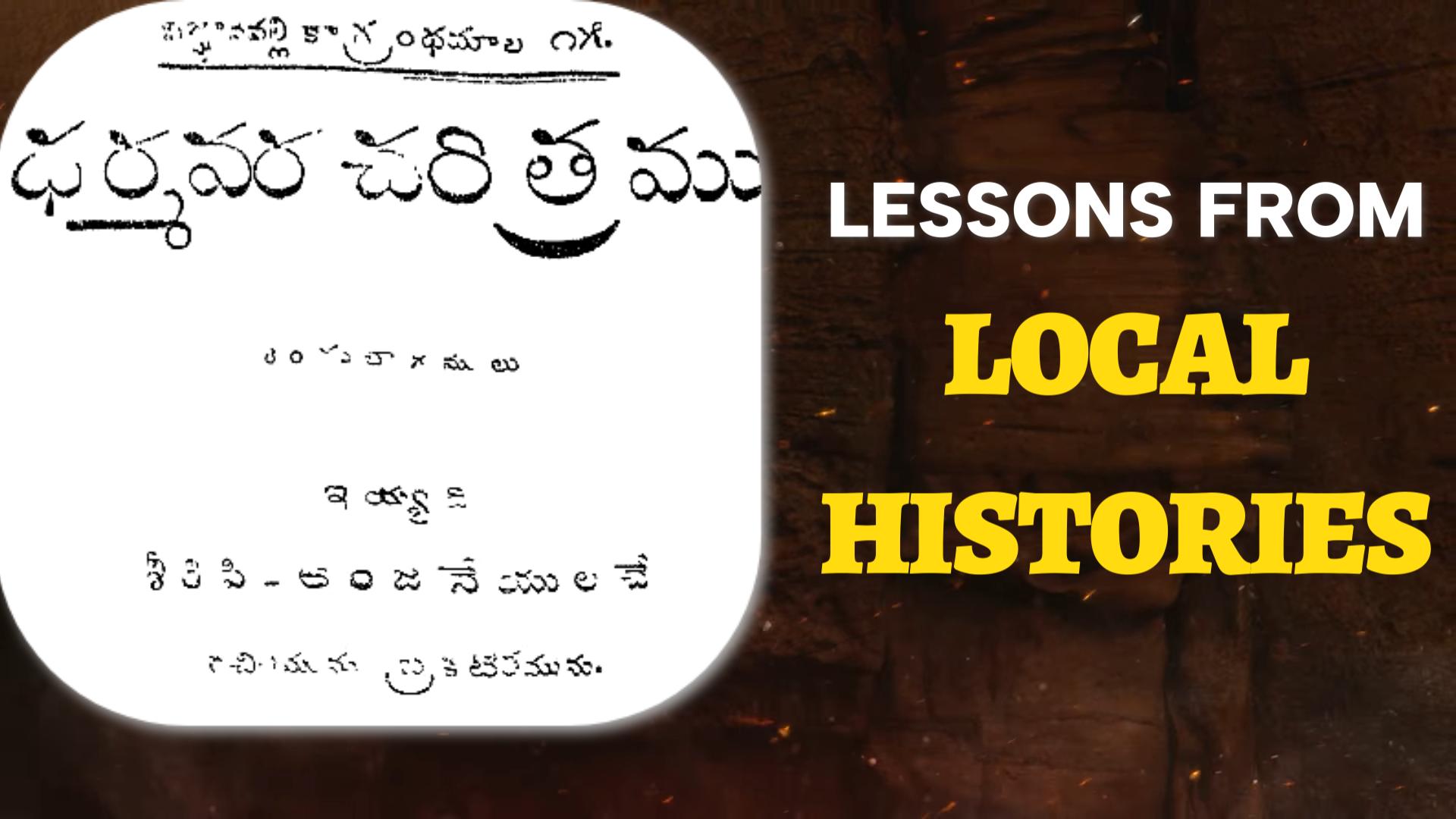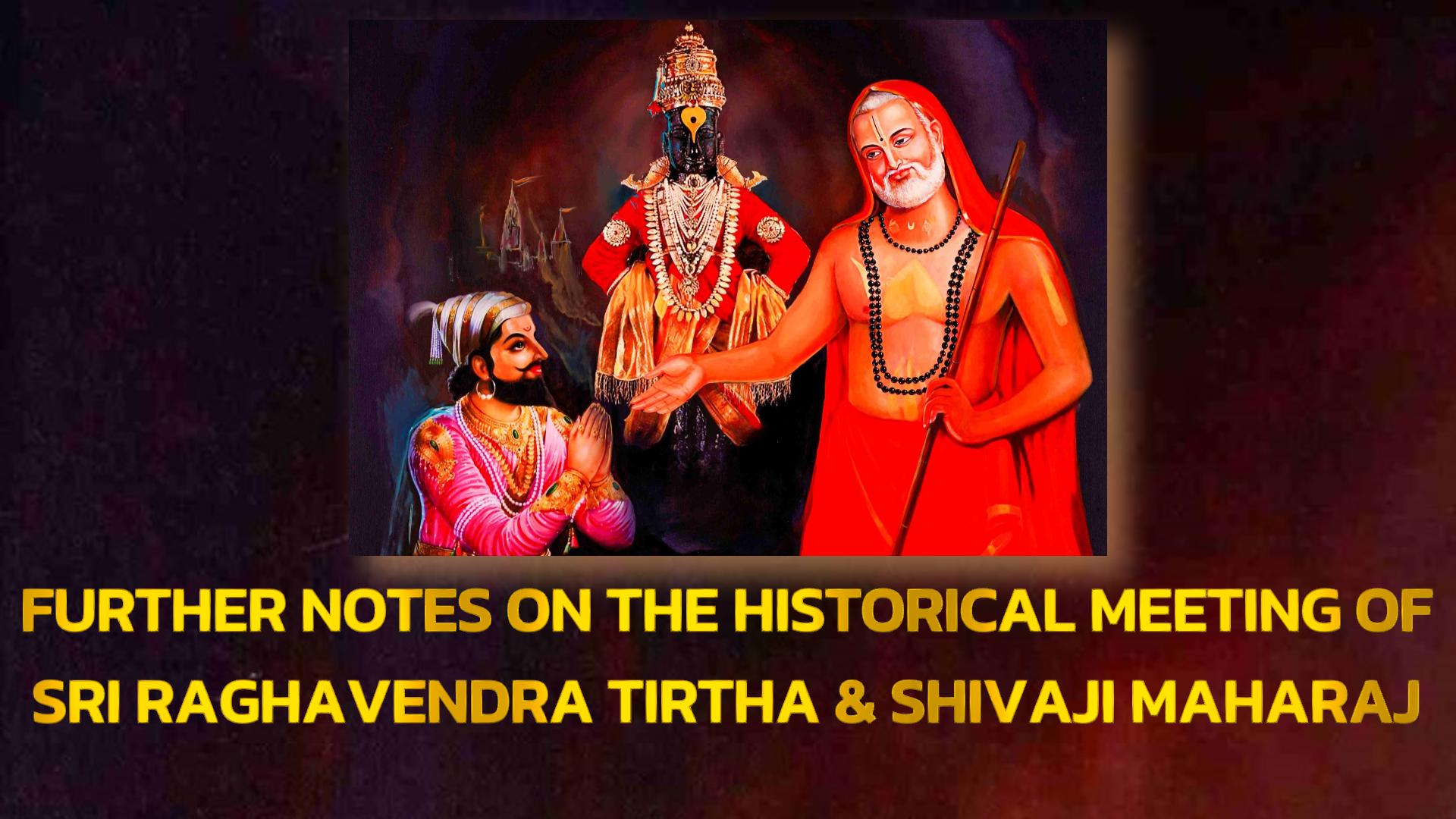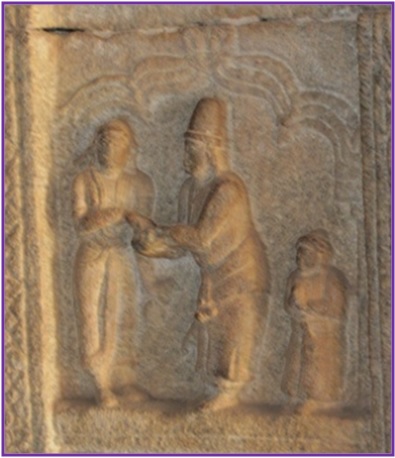An interesting episode from c.1917 from Dharmavaram is a must-know case study for Hindus
INTRODUCTION
Studying the local histories throws a lot of light on many things that we may not be aware thus far. But the glaring truths that emerge from them are sometime fascinating & sometimes frightening.
Here is one such anecdote from my native state, Andhra Pradesh gleaned from a Telugu book titled “Dharmavaramu Charitramu” published in 1919. It talks about the face-offs between Hindus & Muslims between 1885-1917.
The writer Siripi Anjaneyulu was a school teacher by profession and also acted as a Secretary to Updhyaya Pandita Parishad. He also authored couple of books on the history of Vijayanagara Empire.
According to the writer, there were conflicts between Hindus & Muslims in the years 1885, 1898 and 1917. The common reason was “the coincidence of certain festivals of both the communities falling on same day.”
*****
THE CONFLICTS
You can, now, read the translation of the Telugu text from the book.
1) In 1885, Vijaya Dashami & Muharram fell on the same day. Muslims objected for the grand processions taken out by Hs. This resulted in to a physical fight. As there were no conflict resolution systems that are prevalent today (i.e. in 1919), the dispute has been resolved in the age-old fashion. (Writer didn’t specify how the issue got resolved).

2) In 1898, in the month of May, Rathotsavam (car festival) & Muharram occurred on the same day. Again Hindus & Ms were at loggerheads. The then Head Assistant Collector of Penugonda camped in Dharmavaram with his staff. He ensured that the Hindus can conduct their religious fares without any hindrance.
3) In 1917 also similar conflict araised. Muslims demanded that – “Hindus should not take out processions before Muslim places of worship. The noise coming out of the processions are hindering our worship.”

Hindu counter argument ran like this – “Bhajana Mandirs are in the same street (where Muslim worship places also located). Conducting Bhajans in these Mandirs is taking place from a long time. We can’t stop it now for this reason (i.e. Muslim objection). Also, our Mandirs are not near or next to their places of worship. Hence the hindrance part is false. We shall conduct our festivals and sacred rituals as per our customs. If they (Muslims) have a trouble to see our processions let them cover themselves with screens.“
4) At that time i.e. in 1917, a rumour spread that the regional officer who was a Muslim under whose jurisdiction Dharmavaram town fell, ordered that on the days Muslim festivals, Hindus should not play musical instruments within the radius of 50 yards i.e. 150 feet from the Muslim places of worship.

5) This rumour has emboldened the Muslims. On the other hand, Hindus felt restrained. As there were mosques for every 50 yards, Hindus would never be able to take out their religions processions. This has caused furor among Hindu community and finally resulted in street fights.
As their response to the Muslim outburst, the local Hindus acted collectively which forms the most interesting part of this entire episode. Here is what the writer, Siripi Anjaneyulu, has said:
6)
- Kummaris (potters) refused to sell their earthenware to the Muslims.
- Kshuarakas (barbers) stopped providing their service.
- Chakalis (washermen) didn’t accept clothes to wash.
In other words, all the ‘service provider‘ communities of Hindu fold took to non-cooperation and choked the daily chores of the Muslims.

ANOTHER FLASH-POINT IN 1918
During this troublesome period, in 1918, one more incident occurred. One Hindu devotee sacrificed a lamb to Durgadevi and carried the carcass (in front of Muslim worship place). The Muslims took this as an excuse and lodged a complaint with local authorities and claimed that their religious sentiments were hurt. They have again demanded that the Hindu processions must be banned and should never be allowed to pass through their areas.
The government officers tried to strike a peace deal by way of conducting an enquiry into this conflict. The enquiry went on for almost an year. On 10th January, 1919 the then District Magestrate, H.E.L.D. Sena, issued the order in favour of Hindus and set aside the Muslim plea. Here is the reproduction of the order as published in the book.

*****
LESSONS TO BE LEARNT
The above narrative gives us many a lesson to learn and follow.
1) With all its internal divisions and hierarchy, Hindu unity is possible when each segment of the Hindu society identifies and alings itself with the idea of ‘Being Hindu.’
2) The ‘service provider’ communities of Hindu fold should never give up their professions and vocations. If not all, majority of these communities must maintain their age-old grip over the essential services needed by the society-at-large.
3) The said conflict of Hindus & Muslims from 1917 has clearly demonstrated that the local Hindu communities such as potters, barbers and washermen etc. have acted individually but the cumulative effect was much larger and much powerful. The present Hindu society can emulate and reflect up on this model.
FAULT-LINES WITHIN
The writer, Siripi Anjaneyulu, also exposes the lacunas within the Hindus that have caused serious damages to the society.
He cites an internal feud between two rival factions of Vaishya (trader) community. These two factions got indulged in street fights to claim the rights of a temple. He also criticises the mindless spending of money on not-so-useful events such a fare where nothing sacred happens but boozing and prostitution.
The writer suggests that the Hindus should introspect and take measures to spend their resources cleaverly on activities such as education and charity.
CONCLUSION
On whole, the “Dharmavaram Episode“, which is now more than a hundred years old, has not at all lost its relevance in our times. In fact, it makes more sense to us now than in 1919. It also affirms that ‘they’ are quite firm in their religious observations and can go to any extent to achieve their goals, albeit fanatical.
The collective, non-cooperative and peaceful reaction from the different sections of the Hindu society has achieved the end-goal i.e. losing their age-old traditions to whims of a particular community known for its dogmatic and oppressive behaviour.
This “Dharmavaram Episode” works a case-study and also as a model for Hindus across Bharata as they face similar patterns with different hues.
But are ‘we’ doing the same? Do we have an unhinged and unwavering and steady approach to hold our customs and traditions molested by ‘them?’
Think.

SUBSCRIBE TO ANVESHI CHANNEL & GET CONNECTED WITH FACTUAL HISTORY






Excellent article.